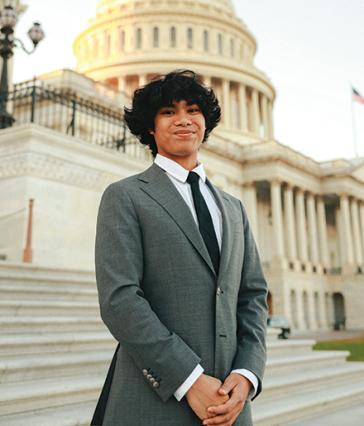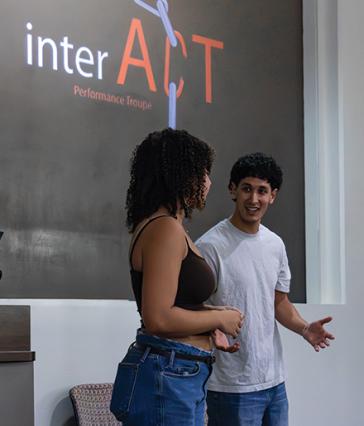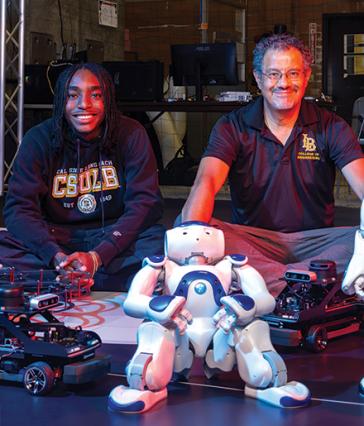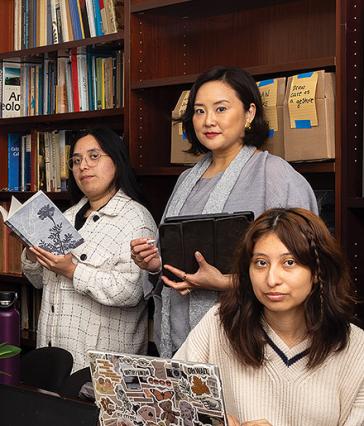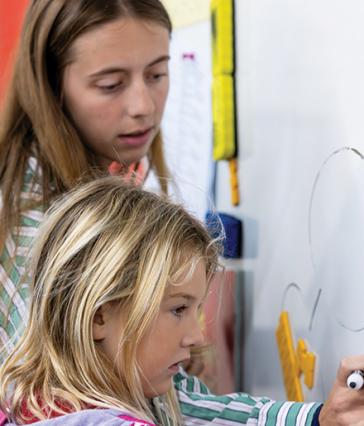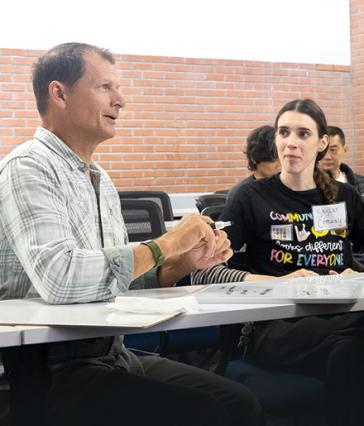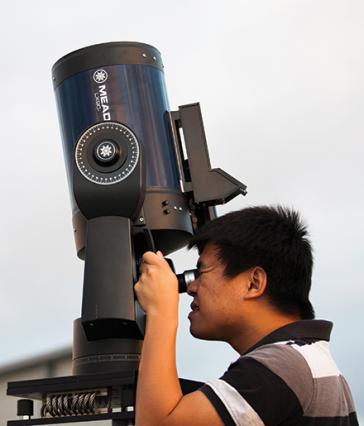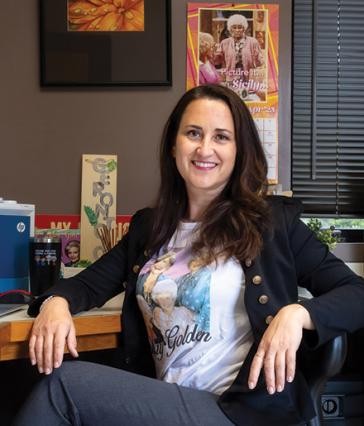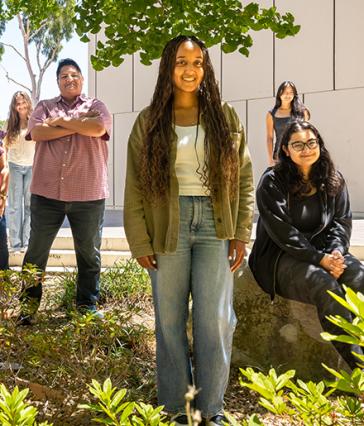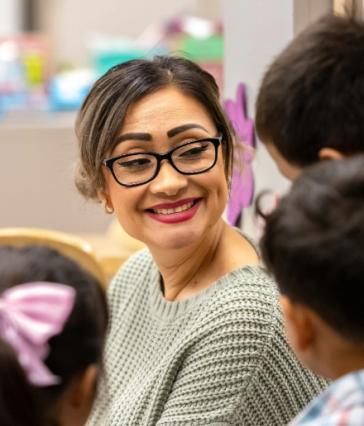Research equips students with problem-solving abilities
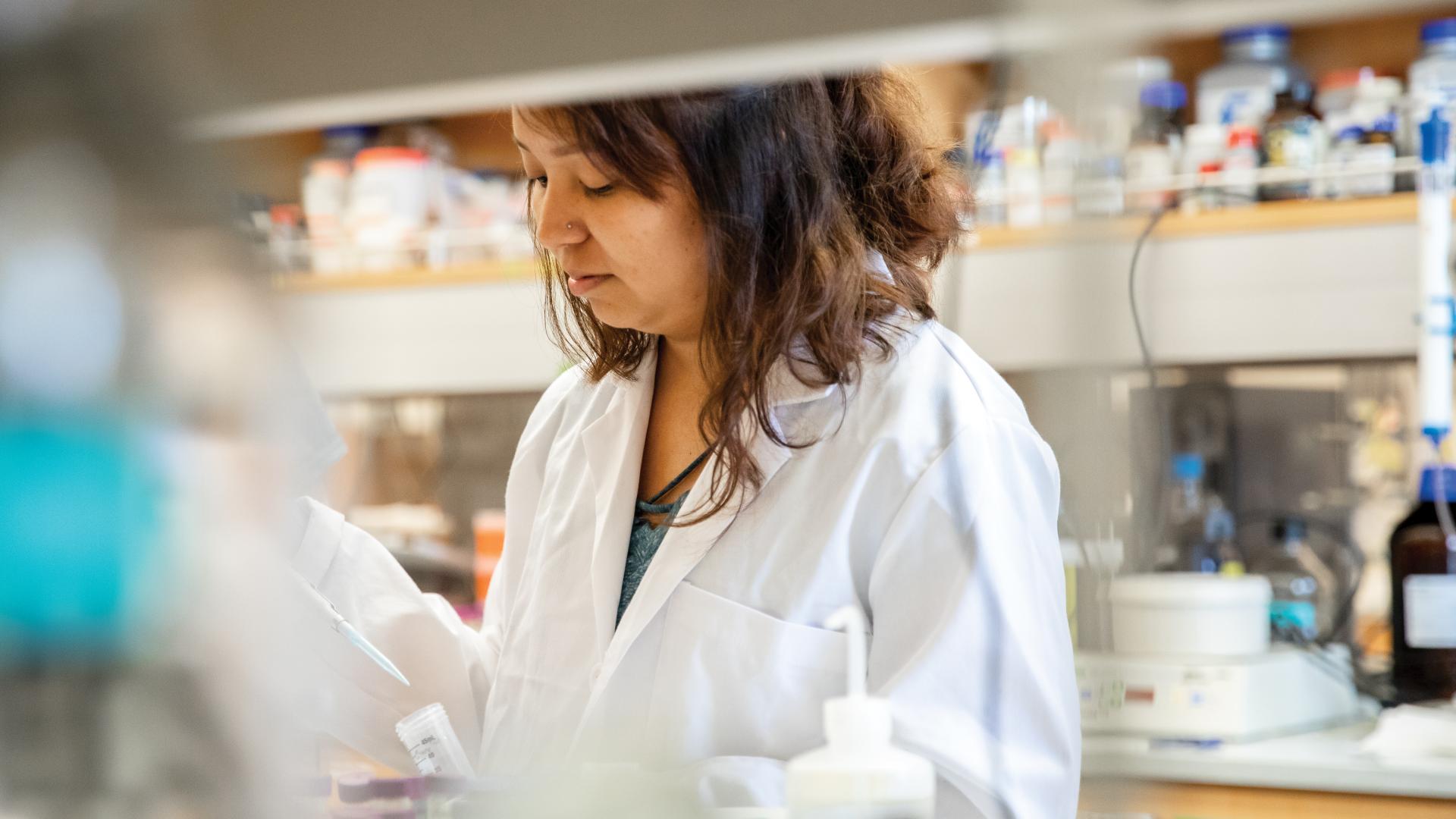
On an advanced experimental computer, a simulated bird crashes into a simulated airplane turbine. Nearby, senior Ian Holmes carefully records the hydrodynamic behavior of the resulting particles. Each crash yields valuable data that Holmes will use to develop better bird-strike impact research methods and, ultimately, improve aircraft safety.
The project is the focus of Holmes’ undergraduate honors thesis, and the labor of over two years in Professor Dan Whisler’s Dynamic Impact Research & Engineering Lab.
Elsewhere in the lab, impacts, shocks, and explosions punctuate the experiments of other students. They plumb the secrets of dynamic material and structural behavior –— as Professor Whisler said, “how buildings endure earthquakes, how humans survive car accidents, or how your cellphone survives a drop from your pocket.”
As they contribute to these and dozens of other publications and projects each semester, students benefit from the mentorship of CSULB’s accomplished faculty and gain proficiency with state-of-the-art equipment and research techniques that they will carry into the workforce of virtually every industry. For Holmes, the experience propelled his undergraduate studies in engineering research and earned him a prestigious fellowship at Texas A&M.
The Impact lab is just one of over 20 College of Engineering laboratories where students apply cutting-edge technology to solve real-world problems – from using immersive virtual reality environments to model traffic congestion, to forging breakthrough polymers for manufacturing, to engineering human-machine devices to mitigate the impacts of injury and disease.
Treating or curing those diseases is the concern of research in the College of Natural Sciences & Mathematics, where undergrad and graduate students meticulously archive data and carry out experiments in dozens of disciplines to push life-saving science forward.
Students in Professor Vas Narayanaswami’s “Vas Lab” employ a combination of biochemical, biophysical and cell biological approaches to study the role of proteins in cardiovascular disease and Alzheimer’s disease. Professor Lisa Klig’s molecular genetics research team studies precursors for diabetes, bipolar disease, and developmental disorders. Students on Professor Deephali Bhandari’s team delineate the mechanisms that protect cancer cells from stress and search for ways to control the process.
As Professor Bhandari said, “The training students receive in our labs prepares them very well and makes them competitive for graduate school, industry jobs, and other health professions.”
The only limit to what they can accomplish is the scale of support their departments receive, – most often in the form of grants and private investment. At a time when federal funding is ebbing and global challenges are on the rise, more investment means more valuable research, more leading-edge equipment, and more opportunities for students like Ian Holmes to push
the boundaries of their fields and shape the research workforce of the future.




